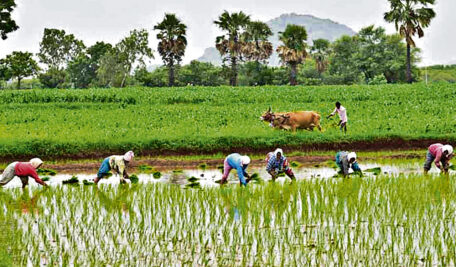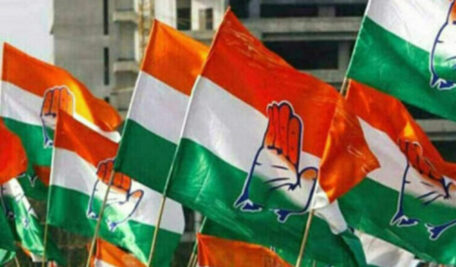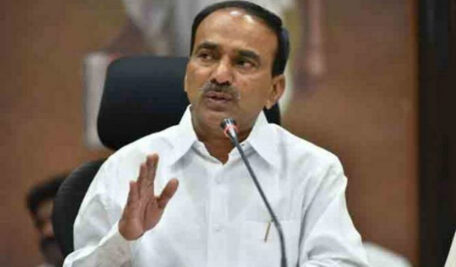Loan-linked welfare burdens beneficiaries under Telangana Congress rule

Facing a widening fiscal gap, the government is reportedly leaning on Centrally Sponsored Schemes and adding loan components into key welfare programmes
Published Date – 11 May 2025, 08:49 PM

Indiramma Houses. File Photo
Hyderabad: Beneficiaries of welfare schemes under the Congress government in Telangana are increasingly finding themselves burdened — not with benefits, but with debt. Unlike the previous BRS regime, where flagship initiatives such as double-bedroom housing, Dalit Bandhu and distribution of sheep, cattle and fish were extended without loan obligations, the current government is heavily relying on credit-based models to fulfil its poll promises.
Facing a widening fiscal gap, the government is reportedly leaning on Centrally Sponsored Schemes and adding loan components into key welfare programmes. For instance, under the revived Indiramma Housing scheme, Rs 5 lakh assistance is promised in four stages, but only after construction begins. With no upfront capital, many beneficiaries are forced to borrow to start work.
To ease this gap, the government has proposed facilitating loans of Rs 1 lakh each through Self Help Groups under the Society for Elimination of Rural Poverty (SERP), which will be reimbursed in stages. With uncertainty over the release of funds for reimbursement, beneficiaries will have to bear the burden. While guidelines are still pending, officials have hinted that a small interest component may apply.
The loan model extends to youth employment initiatives as well. Under the much-touted Rajiv Yuva Vikasam scheme, loans between Rs 50,000 and Rs 4 lakh are offered with 60-80 per cent subsidy. However, repayment of the remaining amount is mandatory and eligibility depends on the applicant’s CIBIL score, effectively disqualifying many genuine aspirants due to past defaults or lack of credit history.
Women are also caught in this shift. The Congress promise to turn “one crore women into crorepatis” appears dependent on facilitating business loans in the name of empowerment. Under schemes such as Annapurna Scheme, loans up to Rs 50,000 are offered for food-related businesses, repayable within 36 months, with no EMI relief after the first month. A similar approach is being adopted in a majority of the schemes wherever loans can be availed by the government directly or indirectly.
Most of these initiatives mirror Central schemes such as Mudra or PM SVANidhi in terms of eligibility, loan limits and repayment schedules, raising questions about the State government’s distinct role in welfare delivery. In contrast, the earlier BRS government focused on direct, non-repayable support.
Schemes such as Dalit Bandhu offered Rs 10 lakh per family as a one-time grant with no repayment or bank involvement. Double-bedroom houses were fully funded and handed over without any financial burden on beneficiaries. These programmes were designed to empower the poor without pushing them into debt.
Critics argue that calling loan-based initiatives “welfare” is misleading. When beneficiaries must borrow to avail benefits, the scheme becomes a liability. The growing reliance on loan-linked models is now a major concern for welfare recipients, they pointed out.
However, officials maintained that interest on all these loans was either partially or fully subsidised, and the State guarantees these loans, ensuring access to loans, which would be otherwise inaccessible to individuals with no credit history or assets to mortgage against their loans. However, the insistence on good CIBIL scores for this by banks punches holes in the official argument.






